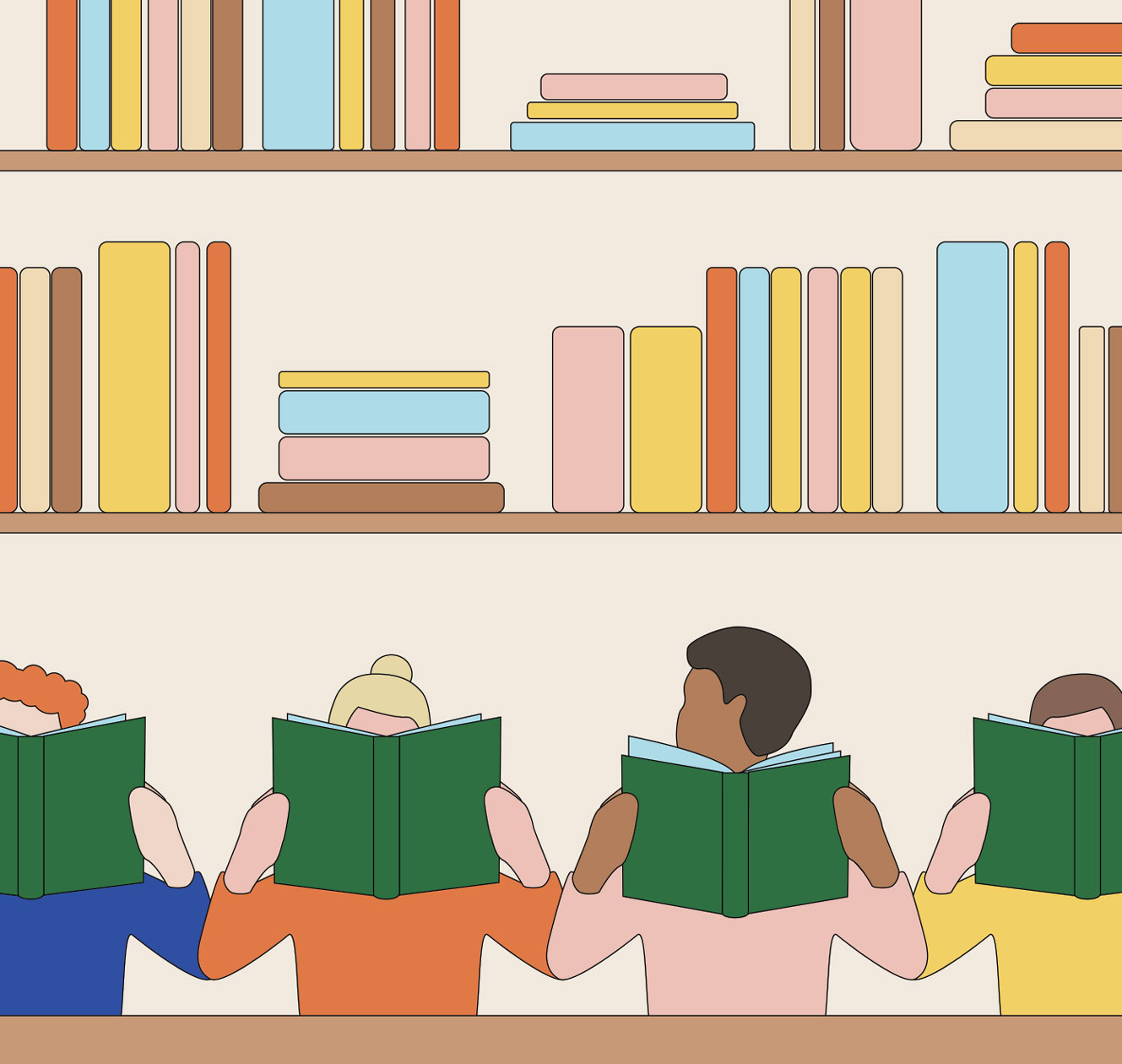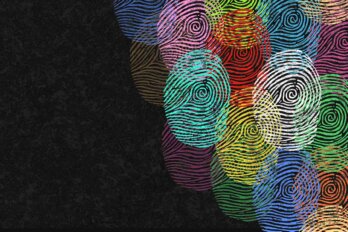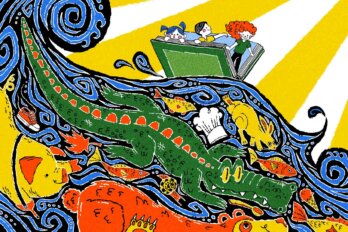American dirt was supposed to be a major book of the year. Jeanine Cummins’s novel, which follows a Mexican bookseller and her son as they dodge cartel violence and attempt to cross the border into the United States, had all the makings of a blockbuster. Cummins’s publisher, Flatiron Books, had reportedly paid out a seven-figure advance and was sparing no expense on marketing; the book was blurbed by heavyweights Stephen King and John Grisham; and, sealing the deal, it was chosen for Oprah’s Book Club. More than a mere bestseller, though, American Dirt was positioned as the next Great American Novel. (Crime author Don Winslow called it “a Grapes of Wrath for our times.”) The book was meant to illuminate the politics of the present, when migrants of all ages are being detained en masse along the US border. Then, a few weeks before its January release date, the backlash began.
Listen to an audio version of this story
For more audio from The Walrus, subscribe to AMI-audio podcasts on iTunes.
In one viral review, author Myriam Gurba tore into the book’s stereotypical characters and simplistic moral dichotomy, which positions America as a beacon of hope and goodness and Mexico as all criminality and death. Another review, in the New York Times, called American Dirt “determinedly apolitical”—surprising, given its themes—and noted the author’s odd fascination with “gradients of brown skin.” It emerged that, though Cummins has a Puerto Rican grandmother, she had identified as white up until at least 2015, when she’d penned an op-ed claiming that race was something she “really [didn’t] want to write about” (emphasis hers). It was only last year, during early promotion for American Dirt, that she began publicly identifying as Latinx.
Her publisher leaped into damage-control mode. It cancelled Cummins’s book tour, and its president apologized for the “deep inadequacies in how we at Flatiron Books address issues of representation, both in the books we publish and in the teams that work on them.” Even Oprah responded to the controversy, hosting a group interview with the author and several Latinx writers who shared their thoughts on how, though more books are being written about people of colour, the literary world continues to invest in fewer books by them.
American Dirt was still a stunning commercial success—it has spent three months and counting on the New York Times Best Sellers list. Critically, however, it’s been a disaster. As the social media flak and denunciatory essays piled up, a common theme emerged: Cummins and Flatiron could have sidestepped much of the backlash if they’d hired a sensitivity reader to make sure the book’s representations were accurate. “[Cummins is] a seasoned writer, and American Dirt is her fourth book,” wrote Aya de Leon in Guernica. “In her author’s note, she expressed concern that she might fall short: ‘I was worried that, as a nonimmigrant and non-Mexican, I had no business writing a book set almost entirely in Mexico, set entirely among immigrants,’ . . . But it never occurred to her to pay someone to make sure she got it right? In the publishing industry, sensitivity readers are common knowledge. With a seven-figure advance, Cummins had plenty of resources to hire one.”
In recent years, writing authentically across difference—whether race, gender, sexuality, or some other axis—has become a charged issue, and as the American Dirt saga suggests, a book’s critical reception can be defined by how accurately or not it represents its characters. Central to these discussions has been the amorphous role of the sensitivity reader. In many respects, the work is not especially different from that in any other writer-editor relationship: sensitivity readers are hired to help ensure a manuscript’s authenticity, making recommendations about potential issues with cultural veracity and tone. These freelancers have an expertise that comes from personal experience: a Jewish reader might note that a devoutly Orthodox protagonist ordinarily wouldn’t be working late on a Friday night; a Black reader can flag the racism of dialogue that veers into stereotype. In the case of American Dirt, a Latinx reader may have noted the many ways that the protagonist seemed more like an American tourist, constantly shocked by the realities of life in the country, rather than a Mexican citizen.
However, the seemingly straightforward role has become deeply contentious. Some proponents have begun treating sensitivity readers as a panacea: a cheap and effective way of achieving diversity in the ranks of publishing that doubles as insurance against future criticism. Meanwhile, detractors have built these readers up into all-powerful agents of censorship, harbingers of the death of literature. Sensitivity readers, of course, are none of these things—what they are is a piecemeal fix in an industry that continues to push minority voices to the margins.
Sensitivity readers first became common in young adult and children’s fiction, likely due to the theory that diverse characters can play especially formative roles in shaping young readers’ ideas of identity. In the past four years, sensitivity readers have moved toward becoming mainstream across all genres, at the Big Five publishers as well as at independent presses across North America. But, unlike copy editors reading for grammar or proofreaders scanning for layout errors, there isn’t yet a strong consensus on how the sensitivity-reading process should work. Sometimes these readers are hired by publishers, other times by authors at their own expense. A number of publishers contacted for this article were reluctant to comment on how they use sensitivity readers beyond asserting that they commission them “on a case-by-case basis” and that the practice is “something we see ourselves doing more of in the future.” This lack of openness implies that the process is somehow shameful, as if the fact that a writer or editor may need help depicting an experience outside of their own is a failing.
More transparency would bring some necessary understanding to the work, especially considering all the misconceptions around sensitivity readers’ allegedly absolute powers. “The day my novels are sent to a sensitivity reader is the day I quit,” Lionel Shriver, columnist and author of We Need to Talk About Kevin, wrote in one article, lamenting the “gagging effect” on creativity. Shriver despairs of what she sees as political correctness run amok and fears a future in which all fictional characters speak with the same sanitized courtesy. “If books don’t adhere to the party line,” she added, “they’ll not see print.” Author Francine Prose echoes these concerns: “What this suggests is that books are being categorized—and judged—less on their literary merits than on the identity of their authors.” This kind of bad-faith alarmism misses the point. No one is disputing any white writer’s right to dream up whatever material they desire—but, if they fail to do so convincingly, the public will hold them to account. Sensitivity reading is simply an additional step in the research process.
Kai Cheng Thom, author of I Hope We Choose Love, has worked with Canadian authors and publishers as a sensitivity reader for several years, usually assessing representations of characters who are trans women or Chinese. She’s found that, when expectations around the job aren’t clear, it can lead to confusion and resentment: writers or editors may worry that they’ll lose control of the work; sensitivity readers may worry that writers will co-opt parts of their life stories in exchange for nominal fees. Thom has responded by developing a contract in which the parameters are well defined. “I lay out that I respect the author or publisher having final say over the work, that my recommendations are only suggestions, and that I won’t be held responsible for the final product,” she explains. During her editing process, she takes care to explain why she has a particular response—“What in my experience in the community of trans women has taught me that this is offensive?”— rather than just noting that something is offensive. For Thom, the process is more valuable than a mere way to correct stereotypes: “It adds depth to the character and it gives the author a glimpse into the nuance and complexity of a marginalized community,” she says.
“Sensitivity readers are hired to help ensure a manuscript’s authenticity, making recommendations about potential issues with cultural veracity and tone”
As for the notion of sensitivity readers being all-powerful, compensation for their work is low in an industry already famous for low wages. Rates vary, but reading a 300-page manuscript for a major publisher usually hovers at around $300. Meanwhile, a freelance copy editor working on the same book would likely earn multiple times that amount. Casey Plett, author of Little Fish and a sensitivity reader who also assesses representations of trans women, says few in the industry seem sure about how to put a price on the process. “While people probably have a pretty good idea of how much to pay a freelance editor or how much to pay someone to work in an office every day, both sensitivity readers and the people who hire them are in the dark,” she says.
It’s important to note that sensitivity readers are often minoritized writers in an industry that has long failed to invest in minoritized writers. Around the peak of the American Dirt controversy, publisher Lee and Low released the results of its 2019 industry-diversity survey: of the employees who responded, 76 percent were white—much higher than US census data, where non-Hispanic white Americans account for some 60 percent. In addition, the diversity that does exist in publishing tends to be concentrated among interns—the lowest-paid workers, often brought on for only a few months at a time. Based on the data, it seems likely that, if a sensitivity reader is hired, they could be the only person of colour who sees a text before it goes to press.
The fact that more publishers are using sensitivity readers may appear to be a move in the right direction. But, in Thom’s experience, people don’t always enter into the process to meaningfully engage with other experiences or cultures. Instead, the process is done for what she calls “moral insurance.” Publishers want to scrub a manuscript of offensive material in order to minimize liability. “[Some publishers] will send the manuscript out to sensitivity readers to say it has been ‘stamped’: ‘We have done this thing so you can’t come after us,’” Thom explains. Plett has also seen widespread misconceptions about the job, like the idea that sensitivity reads are akin to submitting work to a tribunal and that, if someone hires one, “you have to do everything they say or they’re going yell about you on Twitter.”
There are ways to push back against this culture of fear. Writers’ unions could develop a set of guidelines for sensitivity reading. Creating a more diverse workforce, especially in executive editorial positions, could help make sensitivity reading an organic part of the publishing process rather than an afterthought outsourced for a pittance. The media conversation around sensitivity readers also needs to change. It’s often framed as a debate over white writers’ licence to imagine rather than a conversation about the value that a range of perspectives can bring to any book’s development. Thom has found that some of her most exciting work has been helping minoritized authors write about other identities. “We have to reward that kind of courage and create the kind of structures to support authors when they’re doing things that are boundary pushing,” she says.
To do this, sensitivity readers can’t be treated like a Band-Aid solution. A sensitivity reader may have helped Cummins address some of the inherent racism of American Dirt’s one-dimensional Mexico, the “landscape of carnage.” But, as for the much-criticized soiree that Flatiron threw to celebrate the novel, featuring table centrepieces adorned with barbed wire at a time when children are being locked in cages? That’s a problem no underpaid freelancer can fix.






